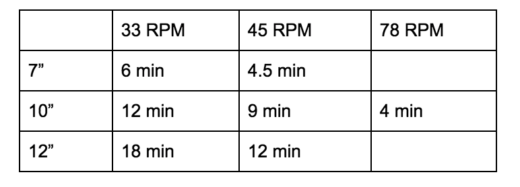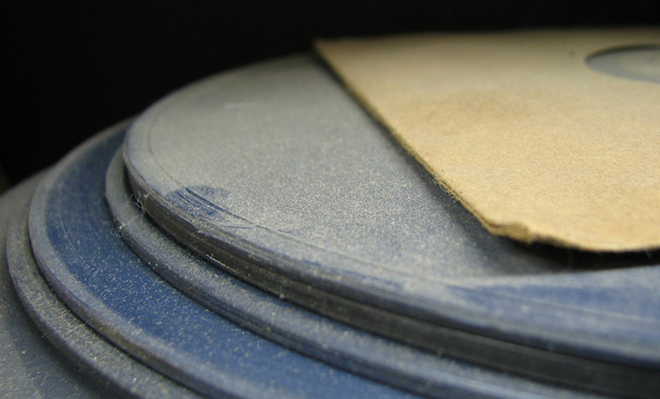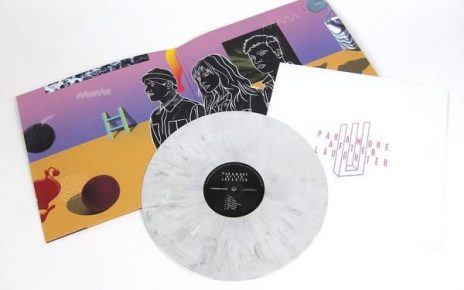Making a vinyl record can be overwhelming and intimidating for almost anyone especially the vinyl mastering process. Even the ones who are already in the music and audio industry can still commit mistakes. Before we start with specific steps and hacks, the #1 tip we can give you for a seamless vinyl mastering and custom vinyl records manufacturing is this:
HIRE A PROFESSIONAL MASTERING ENGINEER!!!
And not just a regular mastering engineer, but a mastering engineer that has a lot of experience in mastering vinyl. This is the golden rule of vinyl mastering. There isn’t plenty of them but you have to seek them out. They’re worth it!
However, as the client, it’s of course good to be aware of the basics of mastering and manufacturing vinyl.
Okay, here we go. One of the challenges of vinyl is that it’s not like CD wherein you can put in a lot of music without any trouble. So…what to do?
#1 Adjust VOLUME and BASS because they directly affect audio capacity.
The factors that affect what you can put in each side are the cutting level (volume) and the amount of bass you have in your music. You see, the higher the volume and the more bass you have in your album, the more space it takes up.
The aim to have excellent sound quality and yet provide adequate playing time has been the greatest challenge of vinyl but it remains to be a great way to experience music.
#2 Opt for heavier vinyl or lower RPM
RPM affects quality and audio capacity. The faster a record turns, the better the audio sounds and the lesser the chance of music to get distorted. That means, in general 45RPM sounds better than 33RPM. However, the higher the RPM, the lesser amount of music it can hold (approx 25% lesser).

* Take note: Not all turntables can play 78RPM
To get the best compromise for your high frequency/loud music, we recommend you get the 12” for maximum of 12 min
ALSO TAKE NOTE that how you order songs in vinyl depends on the loudness of your music. Louder, heavier tracks should be placed at the beginning to prevent inner-groove distortion. When the needle gets closer to the center of the record (meaning, the end of the side), there’s a chance there’ll be slight distortion.
That’s it. We will give you more vinyl mastering and manufacturing tips in the coming weeks. If you plan to have your vinyl made with us, don’t hesitate to get a quote or give us a call. We will guide you every step of the way.
________________________________________________
James Hill is a veteran of the music industry. He first worked at Warner Reprise Records then later joined Interscope/ Geffen Records where he managed producers and songwriters and got his first platinum record for Keyshia Cole’s The Way It Is. He is now helping indie artists with branding and manufacturing through his company Unified Manufacturing, a CD/DVD/vinyl and merch company in LA.




